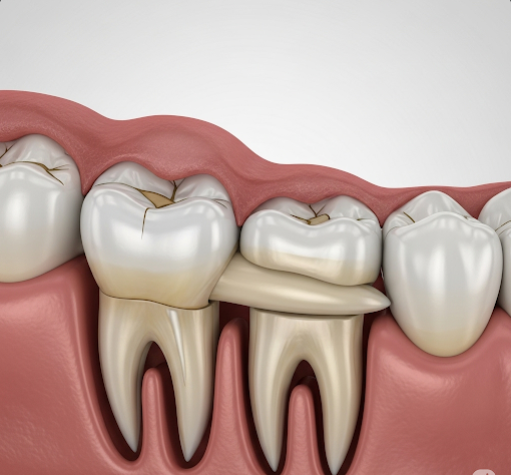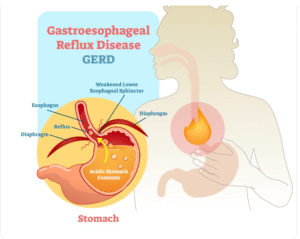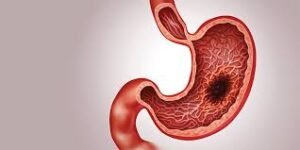Overview
An impacted tooth is a dental condition where a tooth fails to fully emerge through the gums or align properly within the dental arch. This commonly occurs with wisdom teeth (third molars), but can also affect other teeth. Impacted teeth can cause pain, infection, damage to adjacent teeth, and other oral health problems. In Korea, dental clinics and oral surgery centers specialize in diagnosing and treating impacted teeth using advanced imaging and minimally invasive surgical techniques.
What is an Impacted Tooth?
An impacted tooth is one that remains partially or completely trapped beneath the gum and/or jawbone due to lack of space, improper angulation, or obstruction by other teeth. Impacted teeth do not erupt naturally into their normal position within the mouth and may remain embedded, causing complications if untreated.
Symptoms
- Pain and swelling around the affected area
- Difficulty opening the mouth or chewing
- Red, swollen, or bleeding gums
- Bad breath or unpleasant taste due to infection
- Crowding or shifting of nearby teeth
- Sometimes asymptomatic and found during routine dental X-rays
Causes
- Insufficient space in the jaw for the tooth to erupt
- Abnormal tooth angulation or positioning
- Dense overlying bone or thick gums
- Genetic factors influencing jaw and tooth size
- Delayed eruption or obstruction by neighboring teeth
Risk Factors
- Wisdom teeth (third molars) are most commonly impacted
- Family history of impacted teeth
- Early loss of primary teeth affecting alignment
- Jaw size and shape variations
- Poor oral hygiene increasing infection risk
Complications
- Infection and abscess formation around the impacted tooth
- Damage to adjacent teeth and bone
- Formation of cysts or tumors near the impacted tooth
- Gum disease and tooth decay due to difficulty cleaning
- Chronic pain and discomfort
Prevention
- Regular dental check-ups with X-rays to monitor tooth development
- Early evaluation by a dentist or oral surgeon during adolescence
- Maintaining good oral hygiene to reduce infection risks
Treatment Options in Korea
Diagnosis
- Clinical examination focusing on symptoms and oral health
- Panoramic dental X-rays and cone-beam CT scans for detailed imaging
- Assessment of tooth position, surrounding bone, and nerves
Medical Treatments
- Pain management with NSAIDs and antibiotics if infection is present
- Monitoring asymptomatic impacted teeth with periodic imaging
Surgical or Advanced Therapies
- Surgical extraction of impacted teeth under local or general anesthesia
- Minimally invasive techniques to reduce recovery time and complications
- Bone grafting or orthodontic interventions if needed for alignment
Rehabilitation and Support
- Postoperative care instructions including oral hygiene and diet modifications
- Follow-up visits to monitor healing and prevent complications
- Management of pain and swelling with medications and cold compresses
Top Hospitals or Clinics in Korea
- Seoul National University Dental Hospital – Oral and Maxillofacial Surgery
- Samsung Medical Center – Dental Medicine Department
- Asan Medical Center – Dental and Oral Surgery
- Yonsei Severance Hospital – Dental Clinic and Oral Surgery













